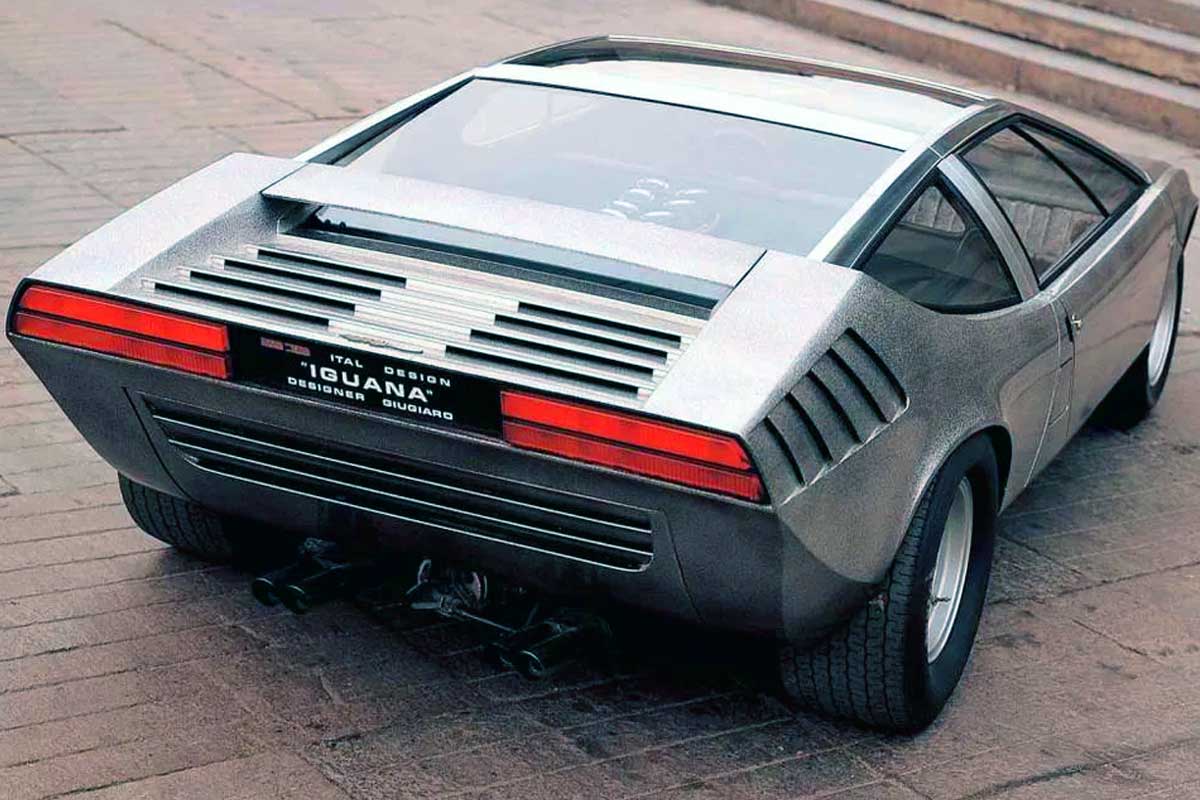
In the late 1960s, at a time when the Italian automotive industry was enjoying a golden age of design and competition, a young stylist by the name of Giorgetto Giugiaro decided to strike out on his own. In 1968, he founded Italdesign, a design office that was to redefine the modern car. His first major project under this new banner? A Alfa Romeo bold, futuristic, almost unreal: the Alfa Romeo Iguana.
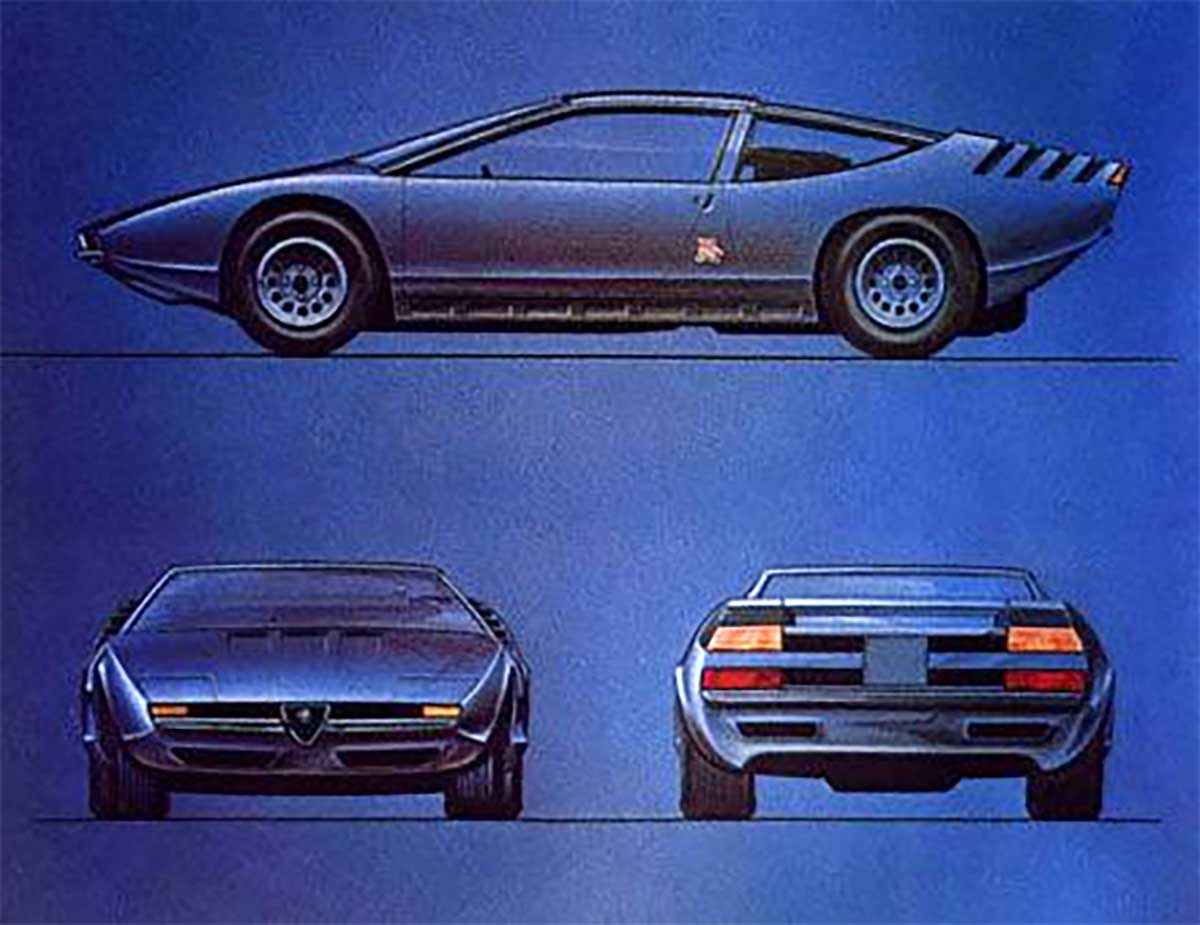
The snake becomes a lizard
First presented at the Monza Motor Show, then officially at the Turin Motor Show in 1969, the Iguana was a concept car based on the Alfa Romeo 33 Stradale, one of the most exclusive and spectacular sports cars ever produced by the marque au Biscione. Giugiaro took chassis no. 750.33.116 from this civilized racing car, the Tipo 33/2 Stradale, and transformed it into a rolling concept. A model that today fetches between 1 and 2 million euros (prices recorded at recent auctions).
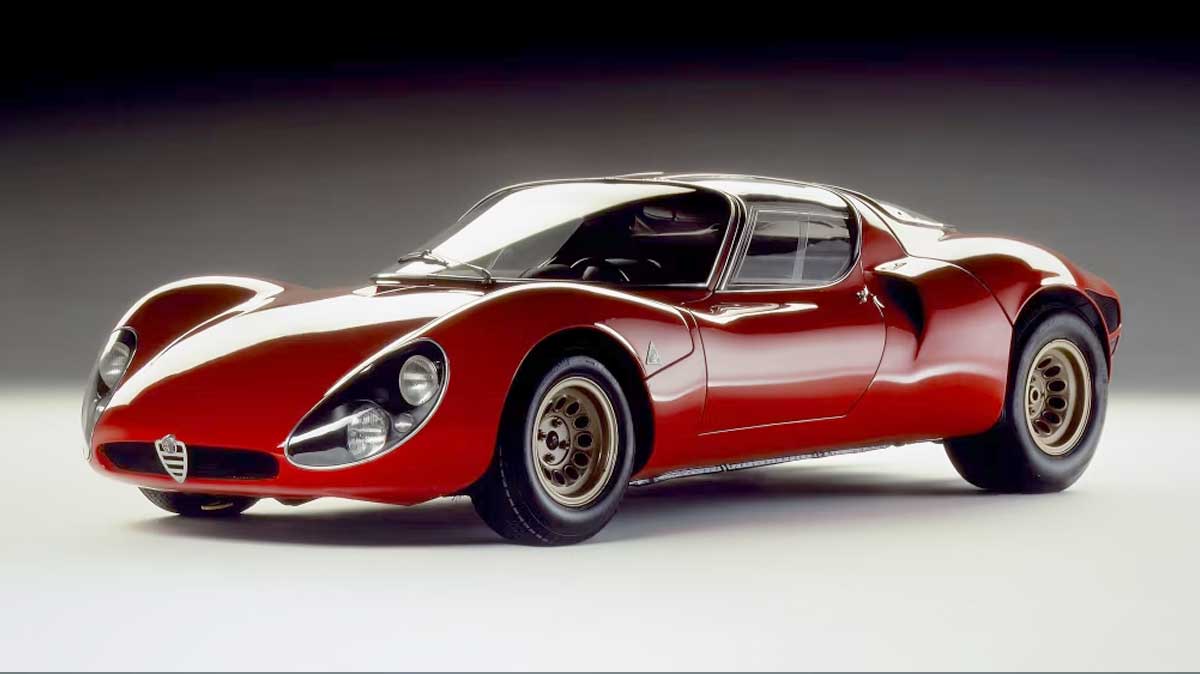
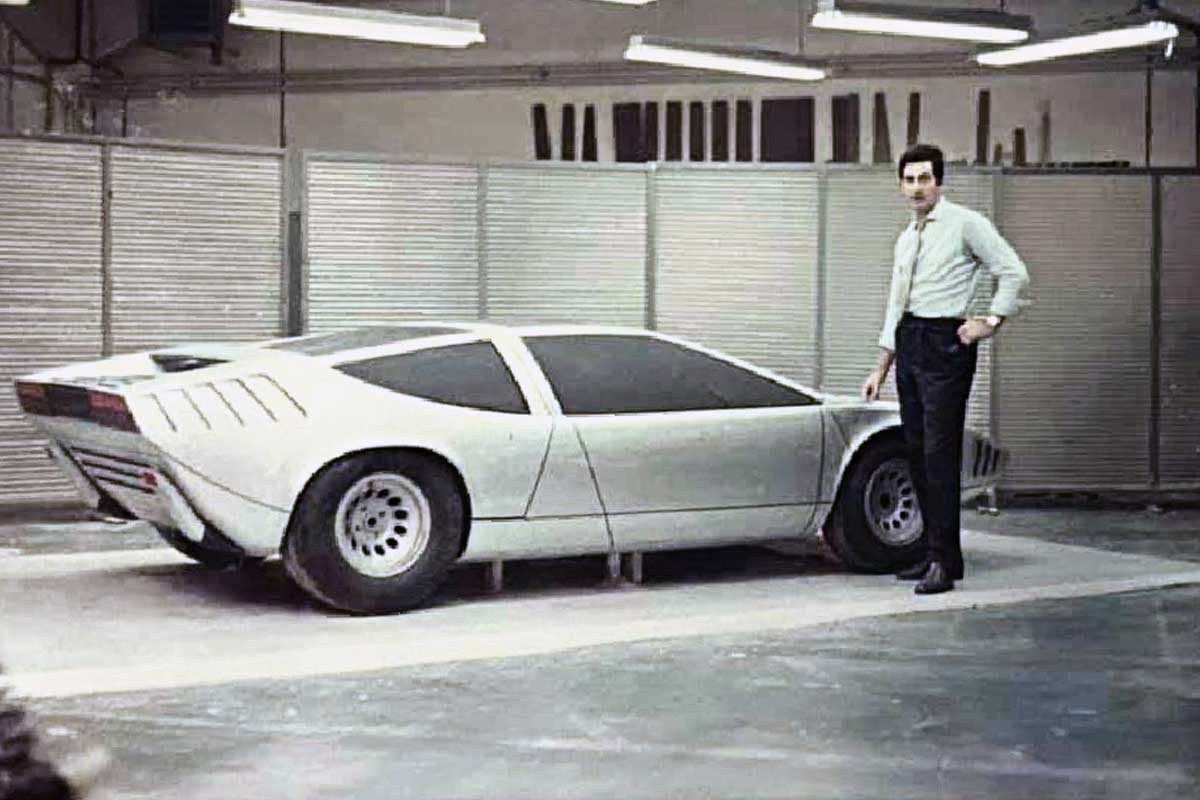
Beneath its feline good looks, the Iguana houses a 2.0-liter aluminum V8 derived directly from racing. A 230 hp engine at 8,000 rpm, capable of taking this ultralight 700 kg coupé to over 260 km/h. Later, for reasons of reliability, this block was replaced by the 2.6-liter V8 of the future Alfa Montreal, still developing 200 hp. This was combined with a six-speed Colotti gearbox, a rarity at the time.
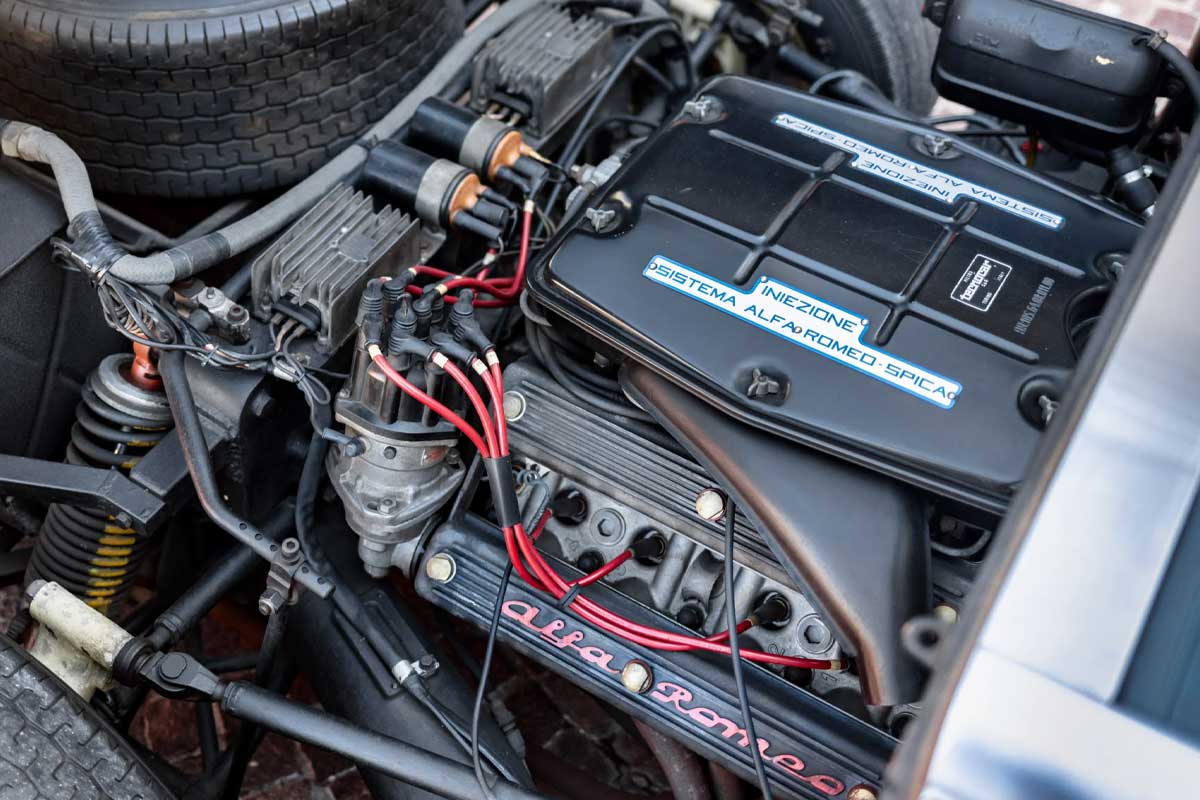
Futuristic design
Visually, the Alfa Romeo Iguana, unveiled in 1969, looks like a cross between a '70s Lamborghini and an '80s DeLorean. Here, Giugiaro dares to use angular, taut, yet balanced lines. The fiberglass body is painted in a glittery metallic gray, while the roof and pillars are covered in brushed metal, an effect Giugiaro would later reuse on the 1981 DMC DeLorean.
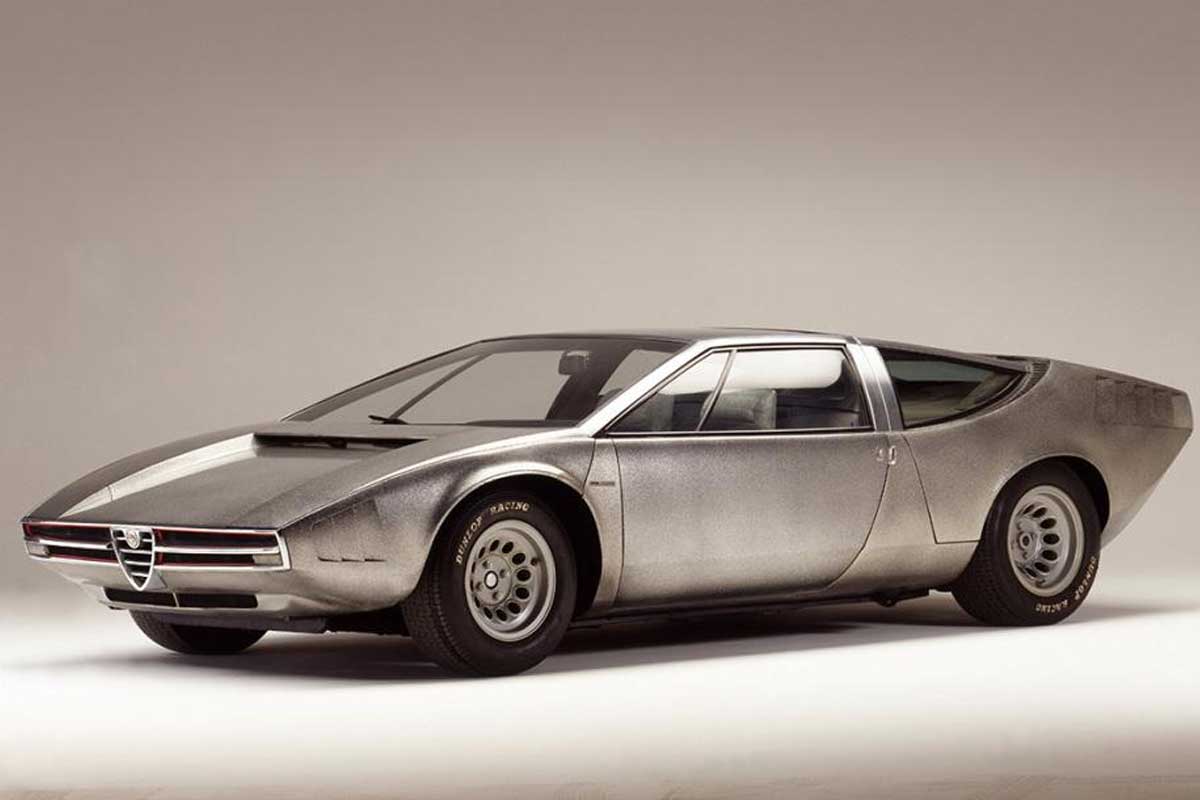
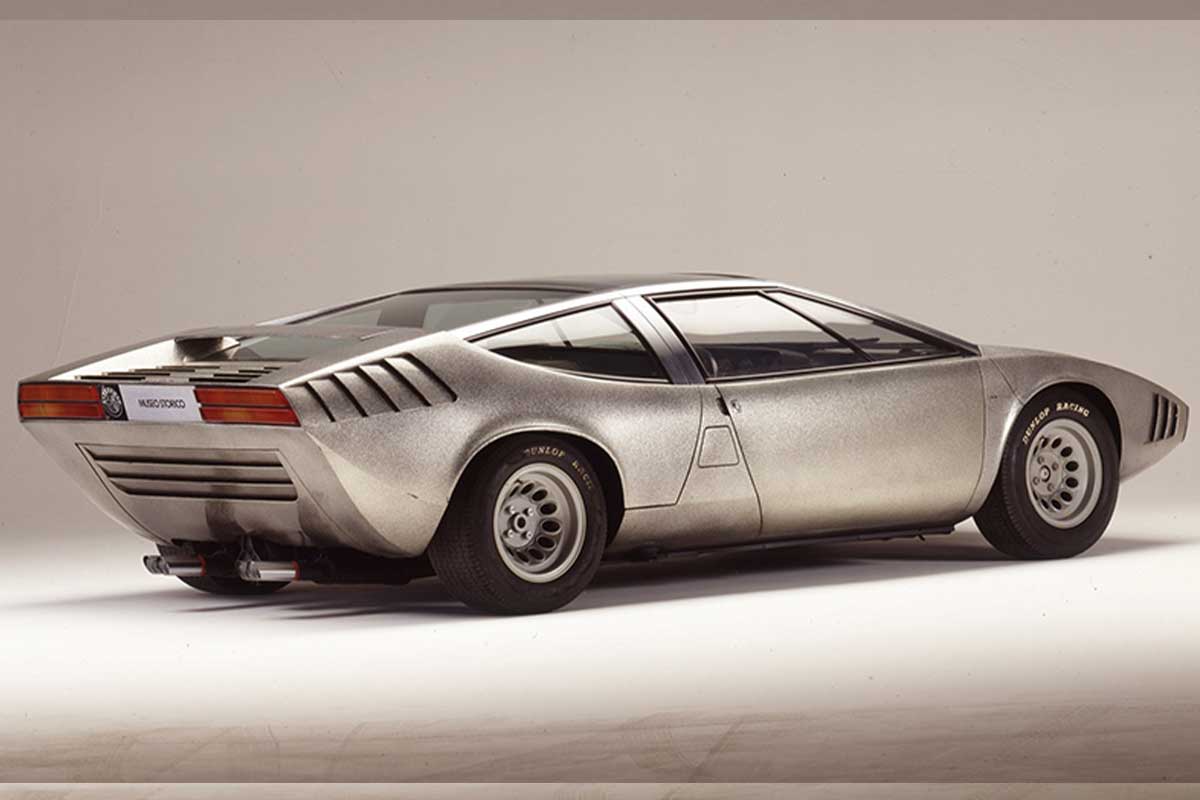
On board, the atmosphere is minimalist, almost industrial. Metallic surfaces and natural light flooding the cabin through a glass roof give the Iguana a futuristic atmosphere.
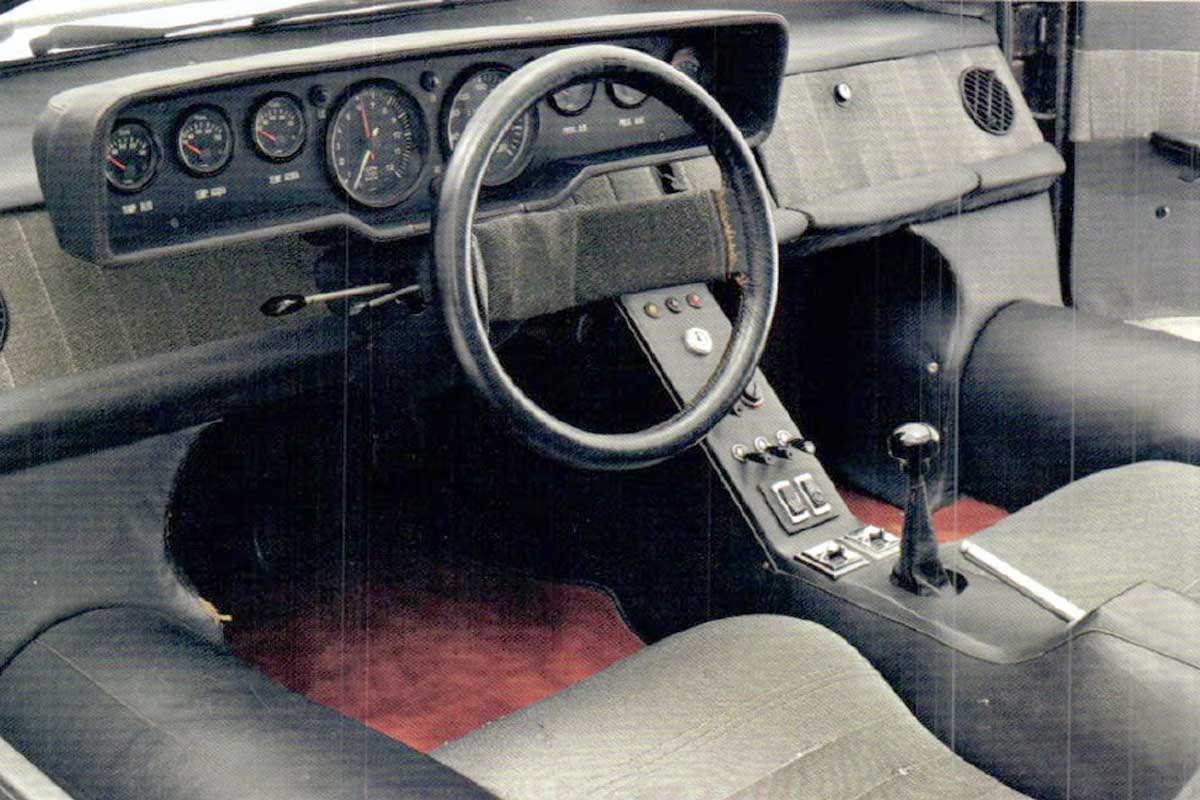
An influential concept
If the Alfa Romeo Iguana remains unique, it has left a lasting imprint on the history of automotive design. Its low profile, windscreen plunging under the hood, and integrated fenders directly inspired such legendary models as the Maserati Bora (1971), the Maserati Merak (1972), and even some Ferraris designed by Pininfarina.
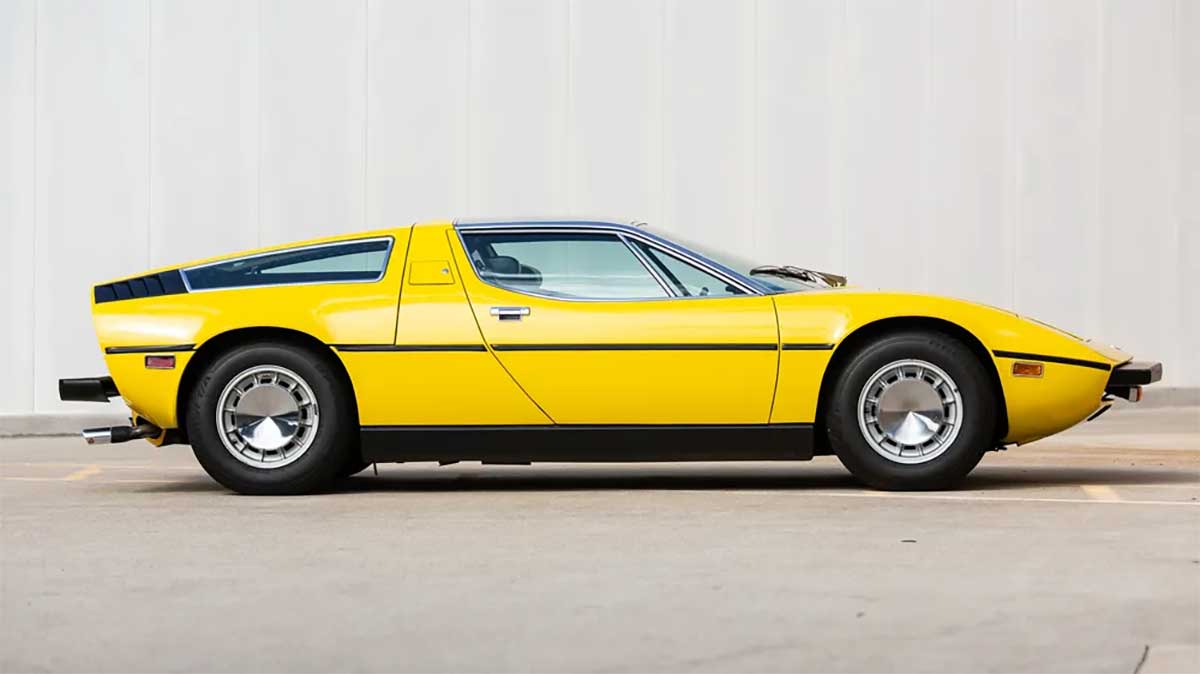
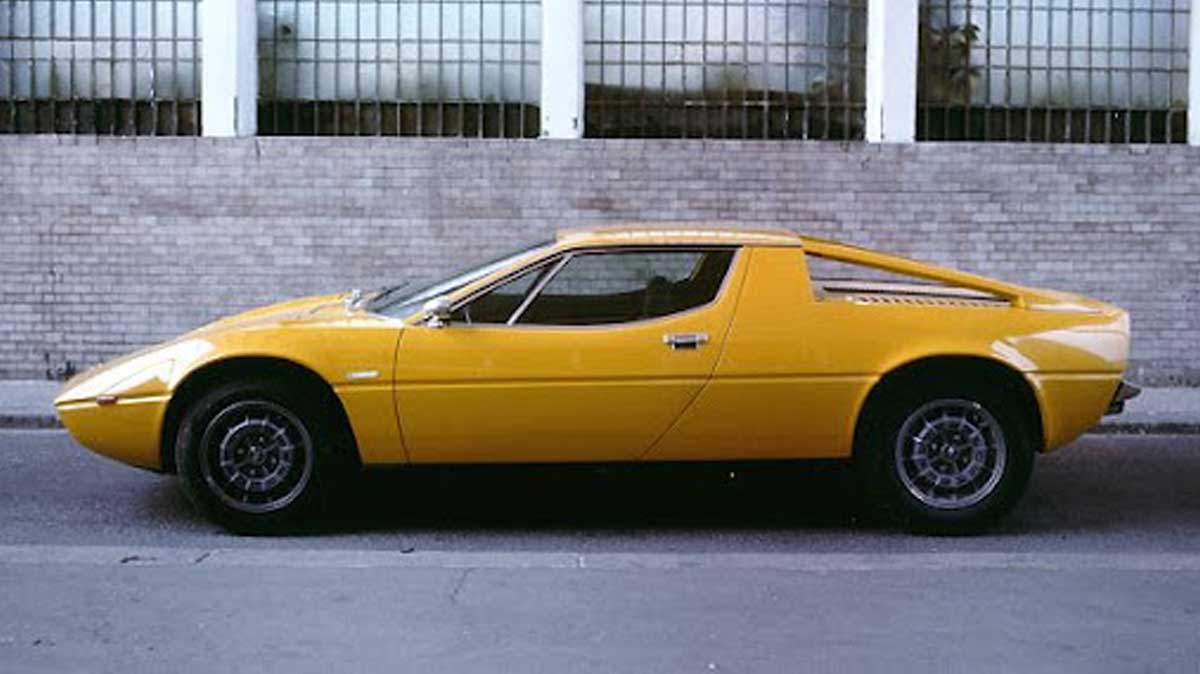
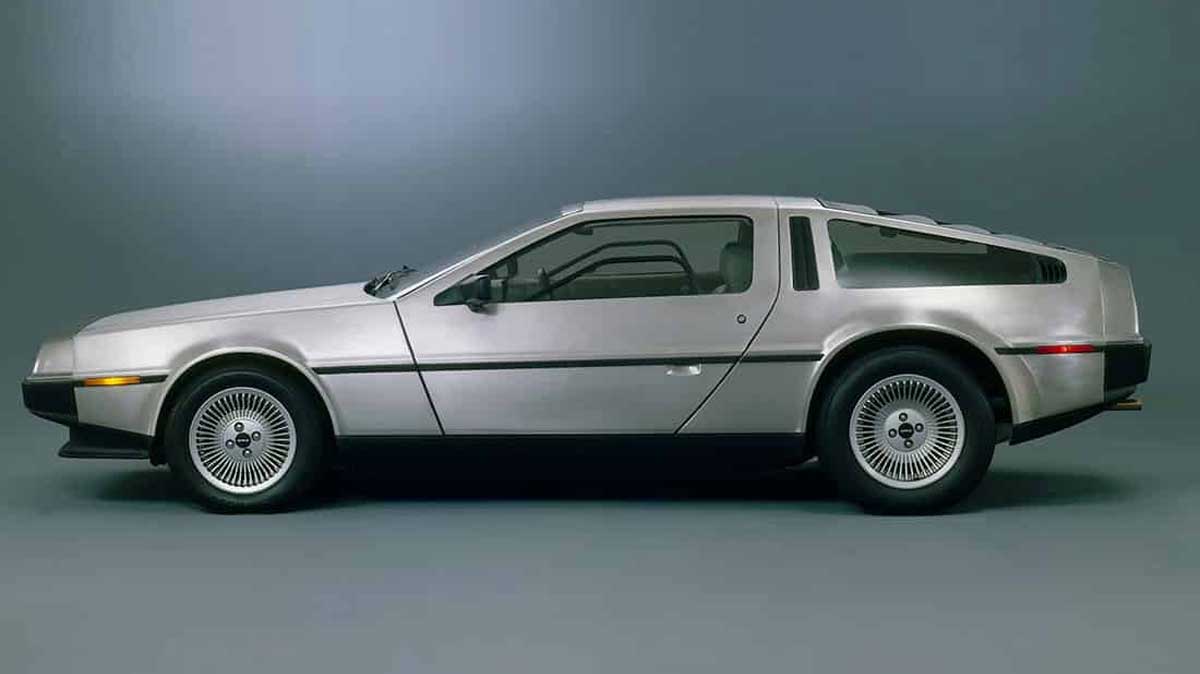
This concept already heralded the visual language of the 1970s, with bold glass surfaces and exposed structures. With its electrically adjustable spoiler, wrap-around windows and chrome pillars, the Iguana blended performance and science fiction well before its time.
Today, the only example of the Alfa Romeo Iguana rests in the Museo Storico Alfa Romeo, a testament to an era when Italian design dared to do anything. The concept never got beyond the prototype stage, but it helped shape the modern vision of the Italian sports coupé: light, sculptural and technologically advanced.

...bella finché vuoi ma imbarazzante e difficile da vendere...
Ten years ahead of his time, Giugiaro laid the foundations of the contemporary automobile. Why not bring out the Delta today, when it's what everyone's been waiting for?